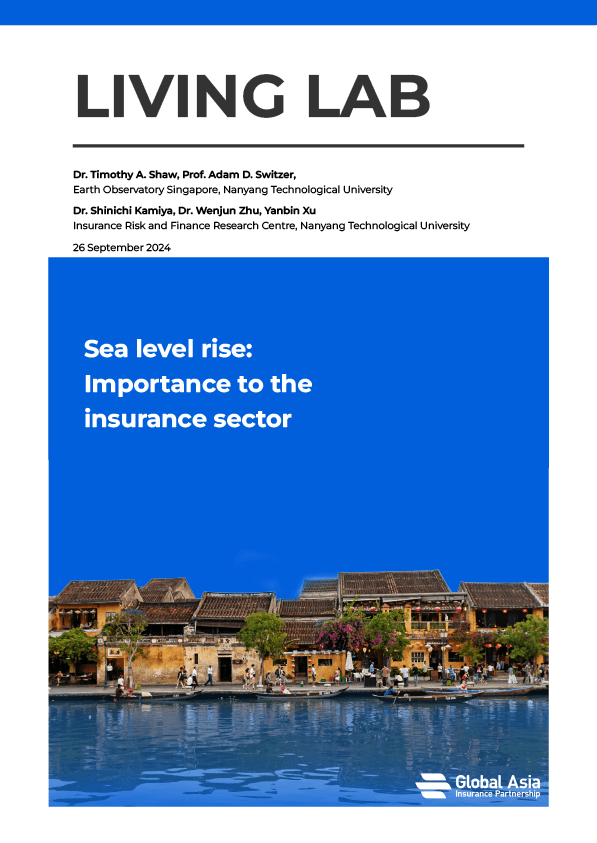
Charting the path to close Asia's $1tn insurance protection gap
At the 2025 GAIP Summit, industry leaders and regulators highlighted the urgent need to close protection gaps across Asia, focusing on health and natural catastrophe

Sea level rise is one of climate change's most significant and visible impacts, with wide-reaching effects on coastal cities, ecosystems, and industries. As temperatures rise, so do the seas, leading to more frequent and severe flooding, loss of land, and damage to critical infrastructure. The Asia-Pacific region, home to densely populated urban centres and fragile coastal ecosystems, is especially vulnerable, with sea levels rising faster than the global average in many areas. The changes brought about by the rising sea levels pose significant challenges to insurers.
As part of the Global Asia Insurance Partnership's Living Lab, in collaboration with our key academic partner, Nanyang Technological University, we have embarked on a three-year research study into the future impact of sea-level rise on the insurance industry and the wider economy, particularly in Asia.
This Living Lab report, "Sea level rise: Importance to the insurance sector", is the first interim report of this three-year study. This report provides detailed sea level rise projections for major cities across Asia, including Singapore, Manila, and Thailand, highlighting regional variability and the growing risks of extreme sea level events. The implications for insurers are profound, with the need for updated risk models, pricing, and adaptive measures. This report offers essential guidance to understand regional sea level projections and the potential impacts of extreme sea level events, equipping the insurance sector to make informed decisions.
Authors: Dr Timothy A. Shaw, Prof. Adam D. Switzer, Dr. Shinichi Kamiya, Dr. Wenjun Zhu, Yanbin Xu

![]()